In the ever-evolving world of interior design, trends come and go with the changing seasons. However, amidst this constant flux, certain elements remain steadfast, their appeal unmarred by the passage of time. These are the hallmarks of timeless interior design – a harmonious blend of form and function that creates spaces which are as enduring as they are beautiful. With that in mind, here are 11 quintessential elements that define timeless interiors.
Balanced Proportions
The key to a timeless design lies in the balance of proportions. It’s the Goldilocks principle applied to interiors—everything should be ‘just right’. A room with balanced proportions uses space effectively, without overcrowding or sparseness. The Georgian period exemplifies this principle with its symmetrical layouts and classic proportions. The famed Royal Crescent in Bath, designed by John Wood the Younger, is a paragon of this balance, with its elegant façade and harmonious dimensions.
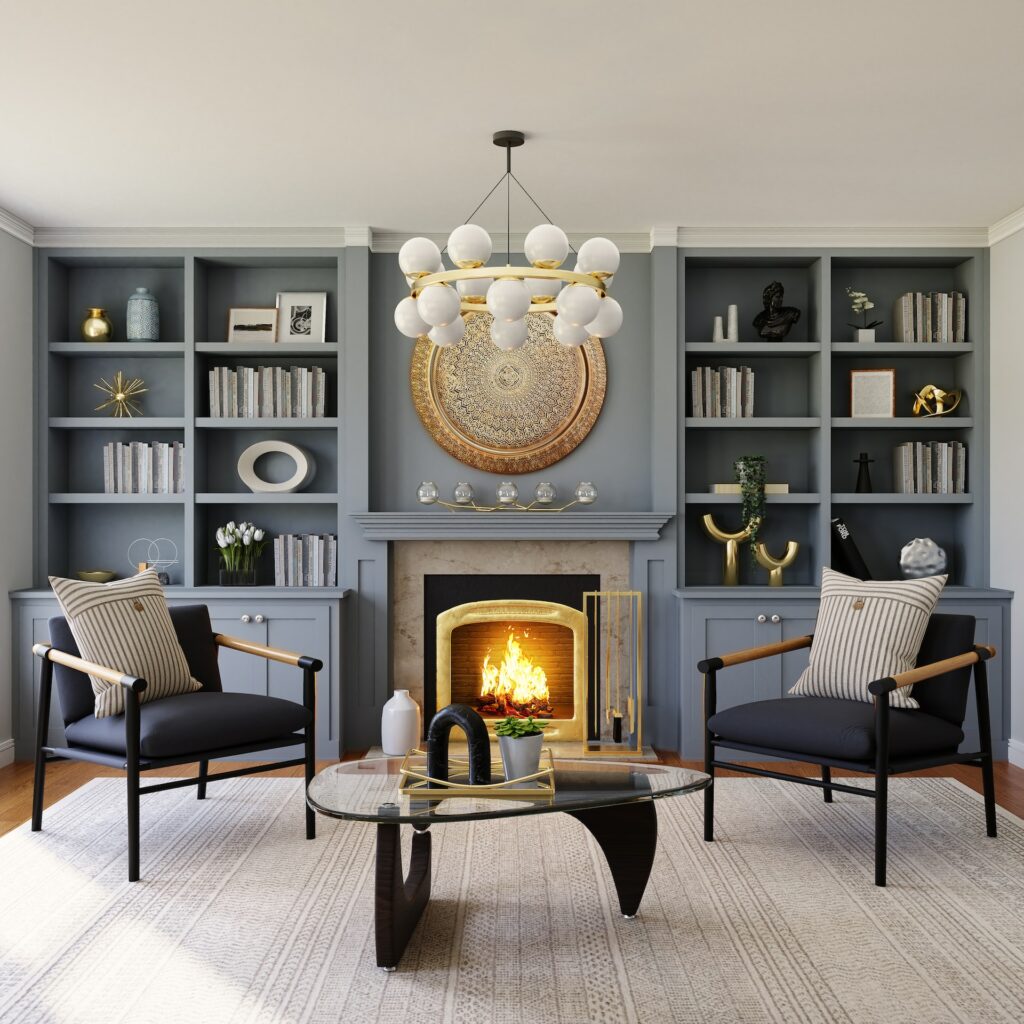
Neutral Colour Palettes
Neutral colours form the backbone of a timeless design palette. They provide a serene and welcoming backdrop that allows for flexibility and longevity. Think of the understated elegance of Farrow & Ball’s muted tones or the classic simplicity of a Parisian apartment with its soft greys and creamy whites. These hues stand the test of time, offering a canvas that can be easily updated with accessories or art.
Read: Interior designers share their colour tips for autumn and winter
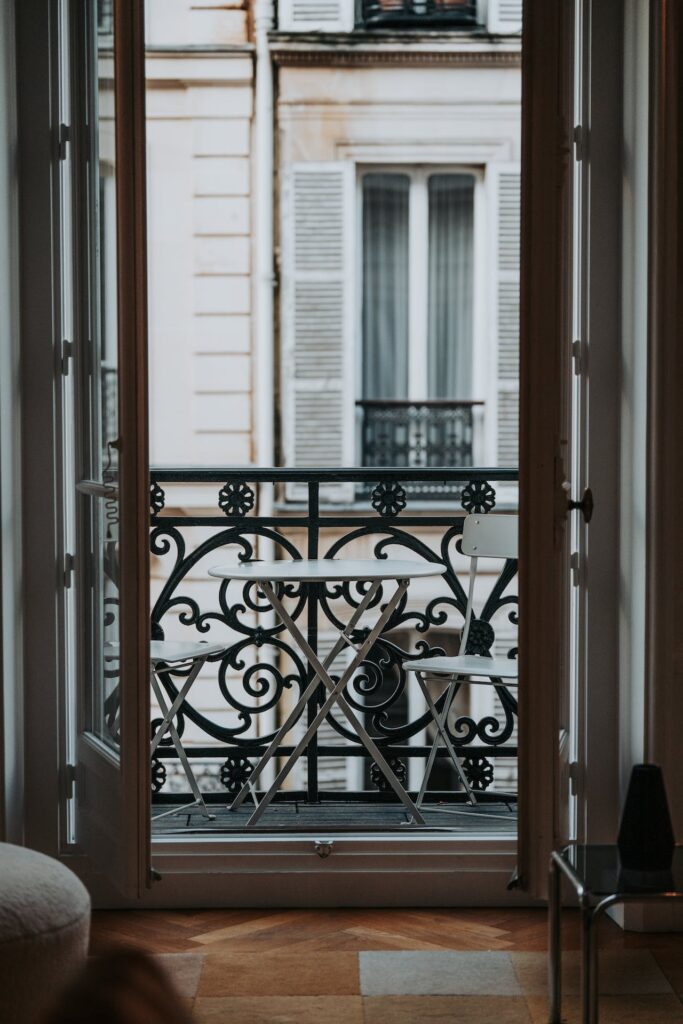

Quality Over Quantity
Timeless interiors are defined by the adage ‘less is more’. They focus on the quality of materials and furnishings rather than an abundance of decor. A Chippendale mahogany desk, dining table or a Chesterfield sofa upholstered in premium leather are quintessential examples. These pieces are not only aesthetically pleasing but are crafted to last, often becoming more distinguished with age.
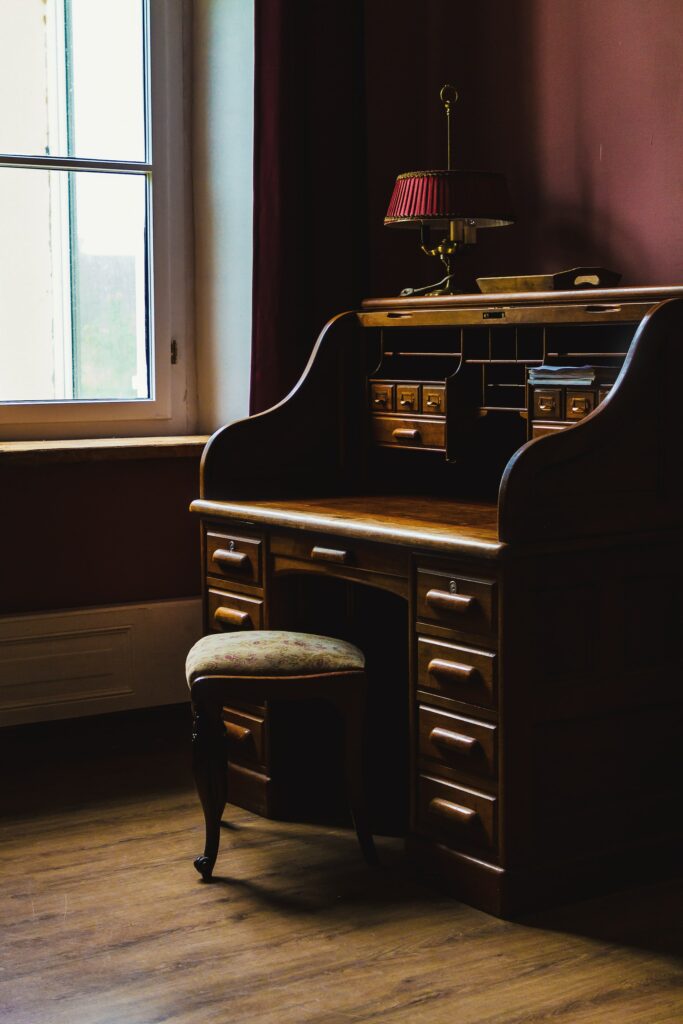
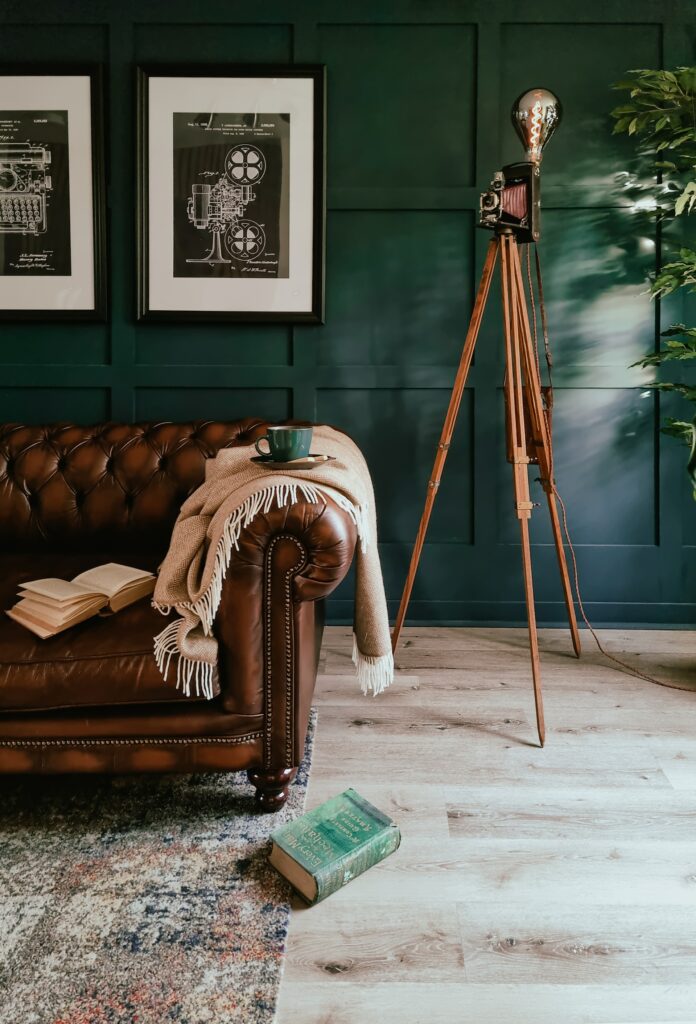
Classic Patterns & Textures
Patterns and textures that have a historical significance tend to have a timeless appeal. Herringbone floors, originating from Roman times, or the classic tweed fabric of a Harris Tweed armchair, are textures that provide depth and interest without succumbing to the whims of fashion. They are as relevant in contemporary design as they were centuries ago.
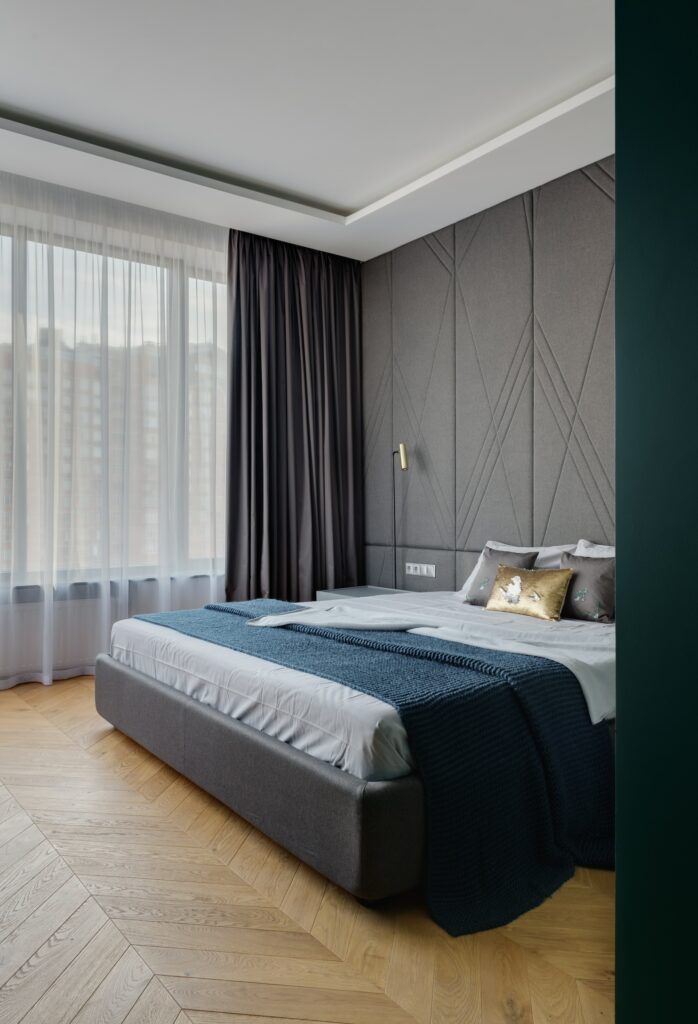
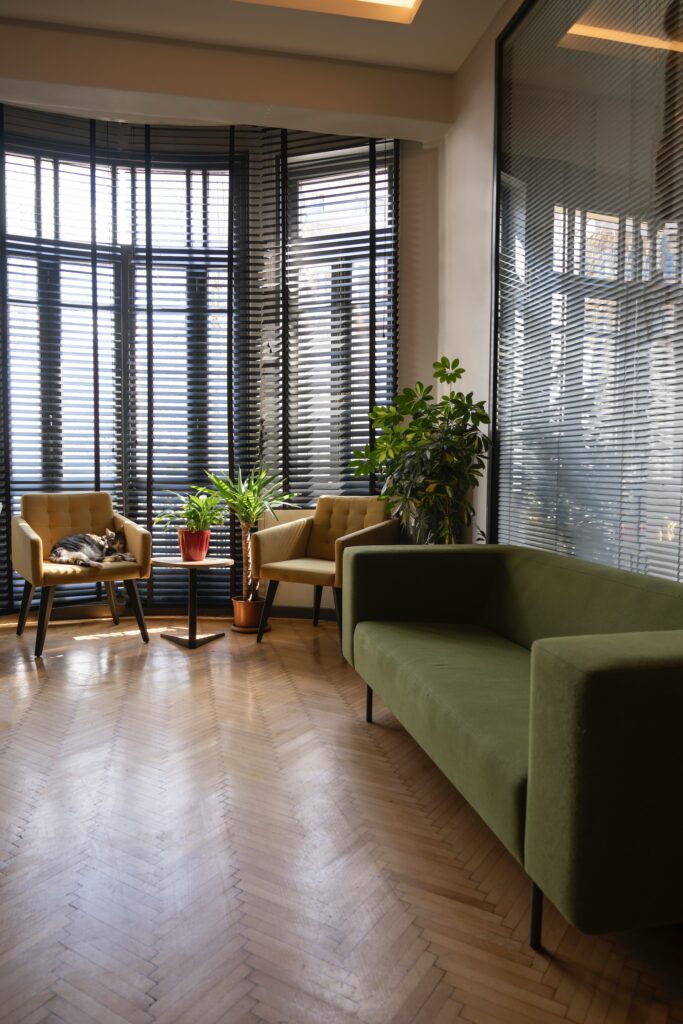
Functional Elegance
A design that endures is one that marries elegance with functionality. The kitchen with farmhouse sink or the bedroom with built-in window seat, with their unpretentious design and emphasis on utility, are prime examples. Their clean lines and lack of ornamentation have ensured their popularity over the years, proving that designs that serve a purpose will always be in demand.
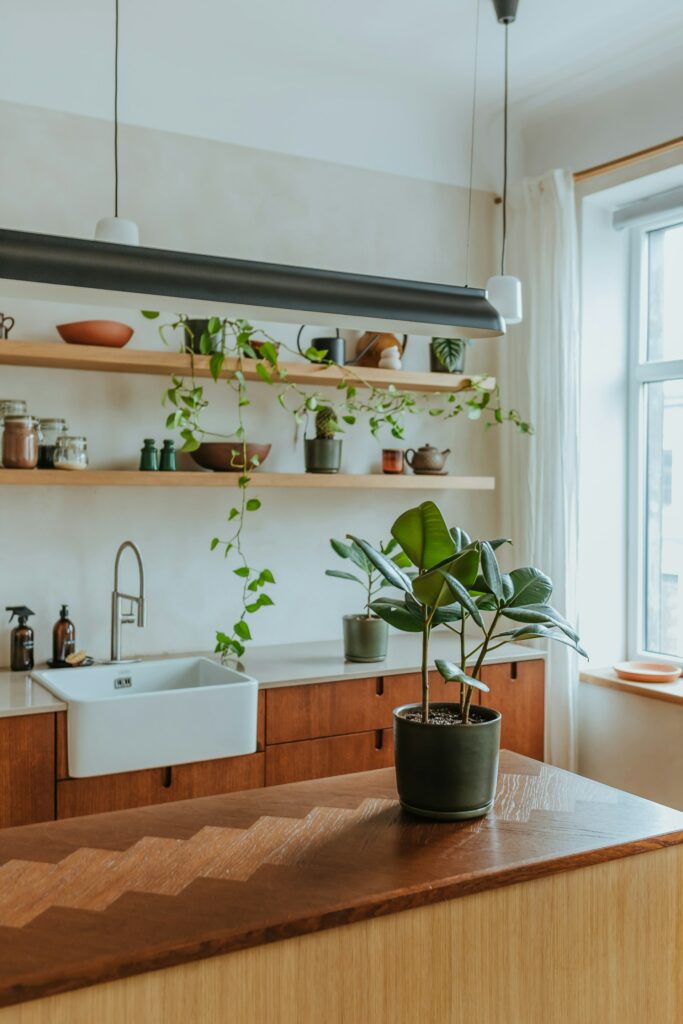

Natural Elements
Incorporating natural elements into interiors is a concept as old as time itself. Wood, stone, and natural fibres have an inherent quality that resonates with people regardless of the era. The mid-century modern designs of Eames and the use of moulded plywood and leather in chairs are a testament to the timeless appeal of natural materials.
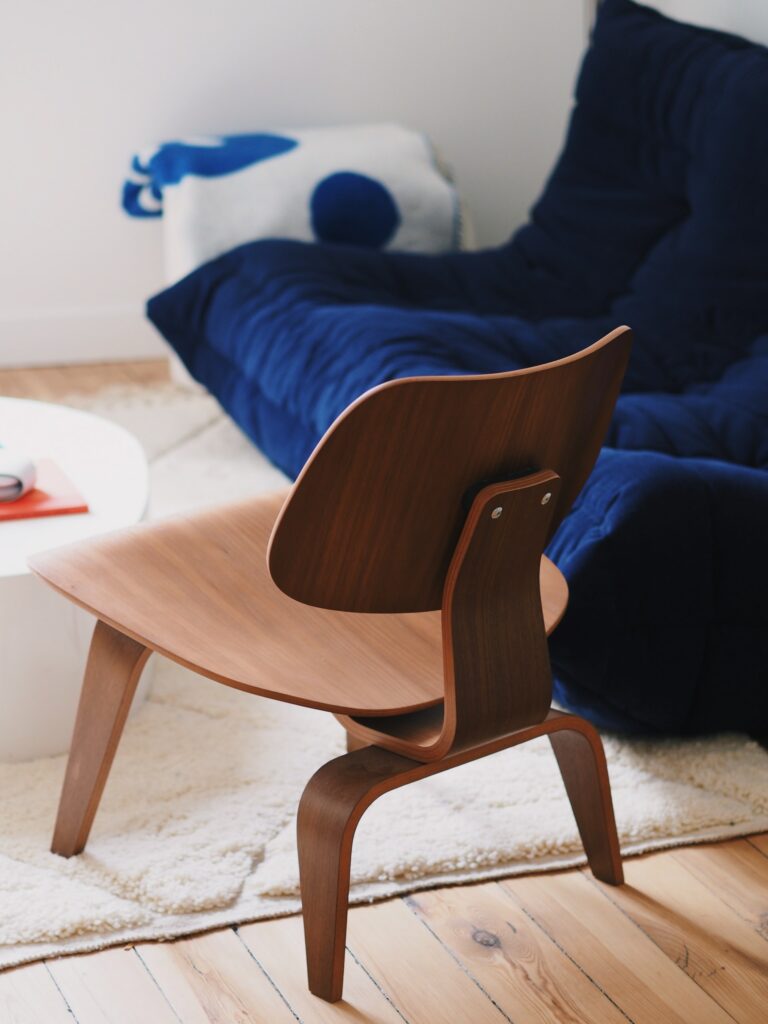
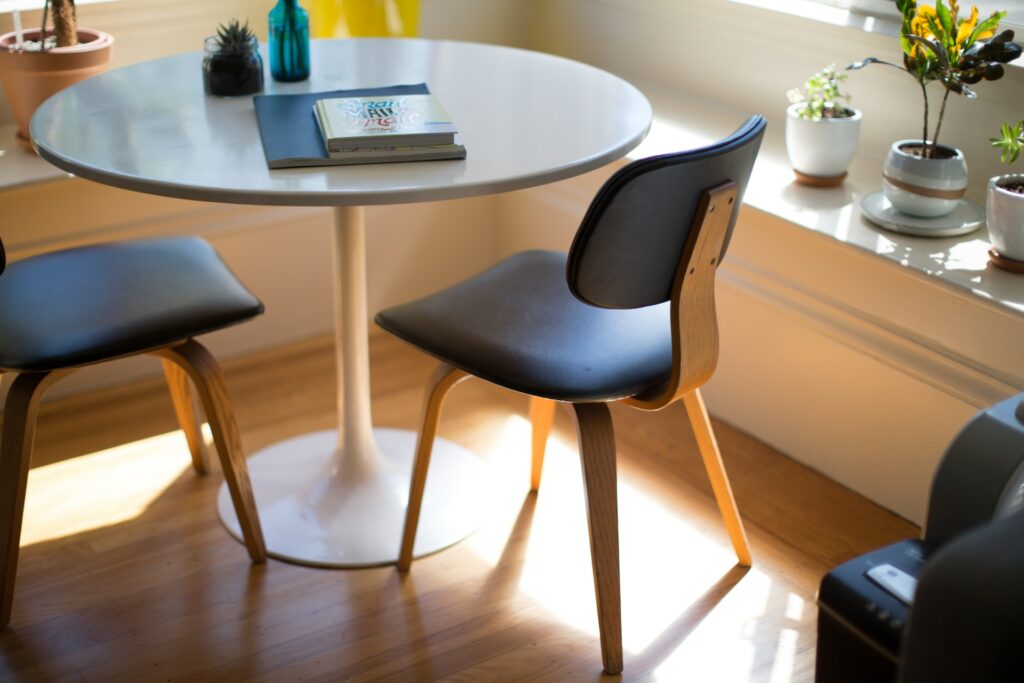
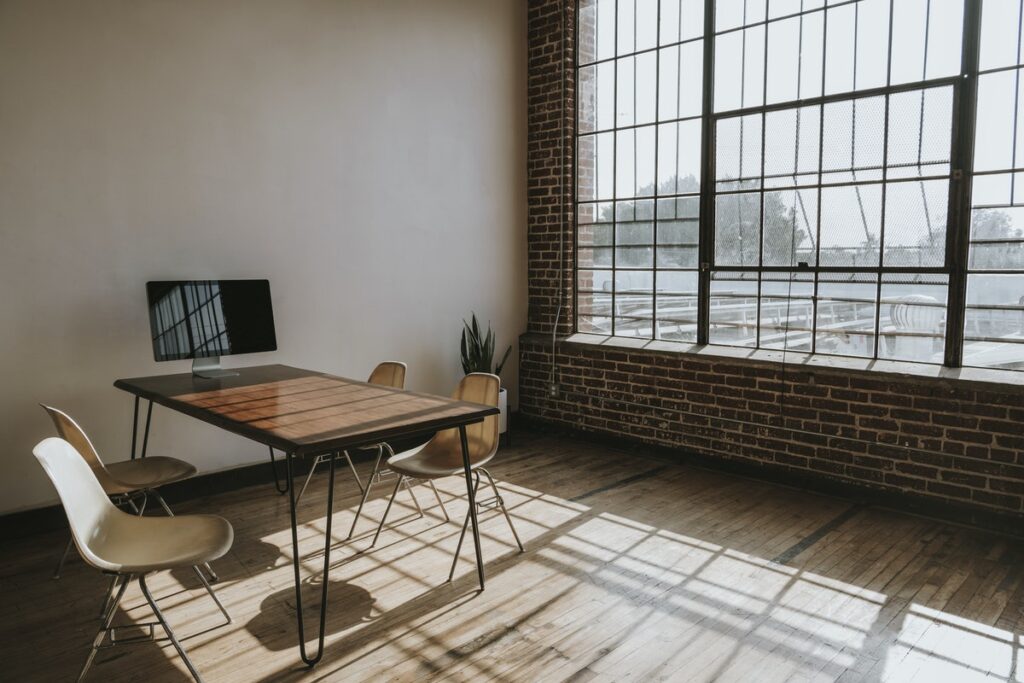
Cast Iron Fireplaces
Few elements embody the marriage of utility and beauty quite like the cast iron fireplace. As Cast Fireplaces tell us, these Victorian stalwarts have remained unchanged in design for over 150 years because their combination of intricate craftsmanship and practical function simply cannot be improved upon. Whether it’s a Georgian hob grate or an elaborate tiled insert, their robust construction and ability to serve as both heating source and architectural focal point ensures they remain as relevant today as they were for our ancestors.
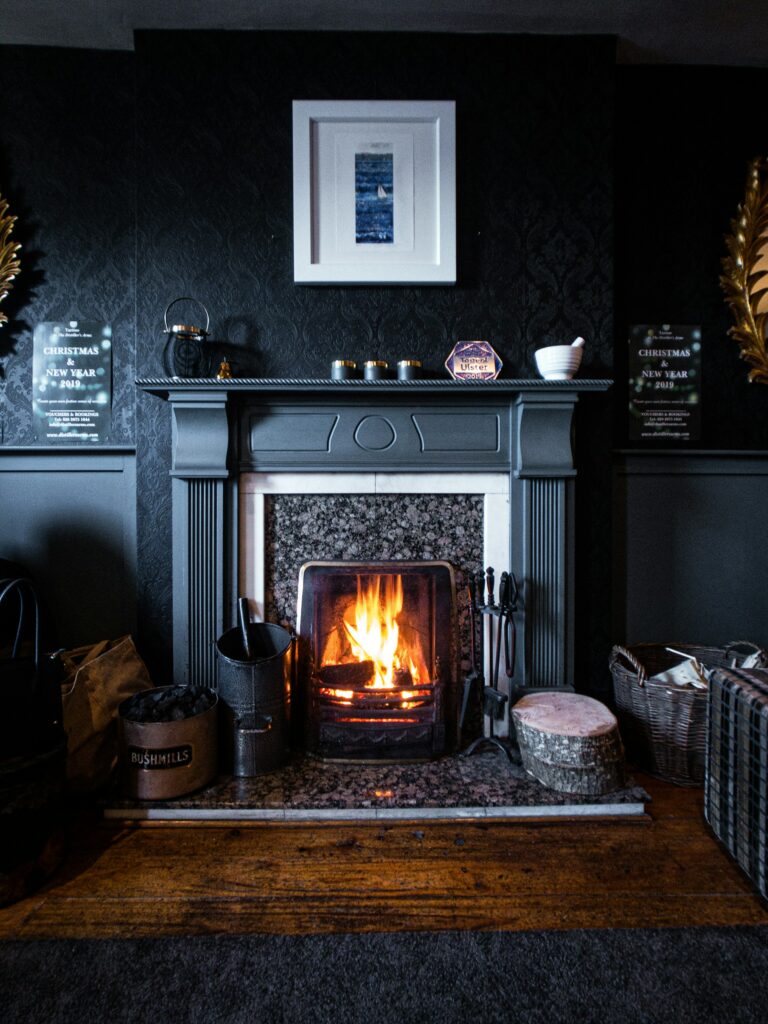
Lighting As A Feature
Good lighting is the unsung hero of timeless design. It has the power to transform a space, creating ambiance and highlighting key features. The Art Deco period was renowned for its exquisite lighting fixtures, which were as much a work of art as they were functional objects. The sleek lines and geometric shapes of an Art Deco chandelier can still command a room with the same authority as they did in the 1920s.
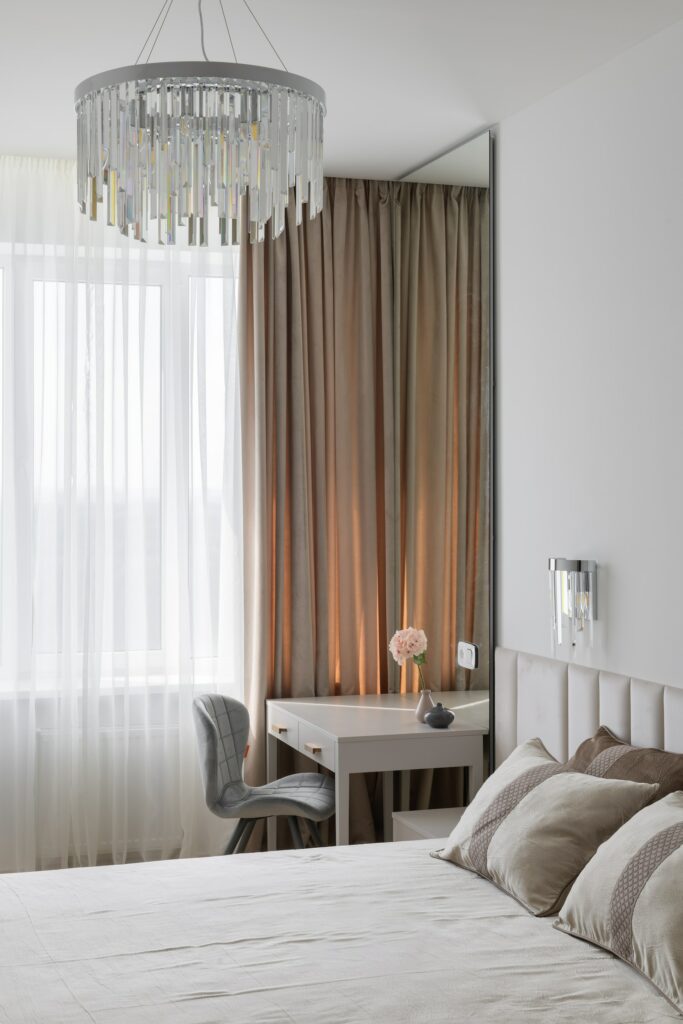

Symmetry & Order
Symmetry is a principle that resonates deeply within us, often associated with beauty and harmony. Timeless interiors frequently employ symmetrical arrangements to create a sense of order and balance. Consider the grand salons of French chateaux, where furniture is arranged in perfect mirror images, or the poised layout of a Palladian villa. This sense of order can bring calm and structure to a space, making it feel considered and enduring.
Heritage & Antiquity
Items with a story or history often become focal points in timeless designs. An antique Persian rug, a vintage Ercol chair, or a collection of blue and white Delftware pottery; these pieces carry with them the weight of history and a sense of continuity. They bridge the gap between the past and present, adding layers of depth and interest to an interior. The patina of age on these items is celebrated, not shunned, and they are often the pieces that are cherished for generations.

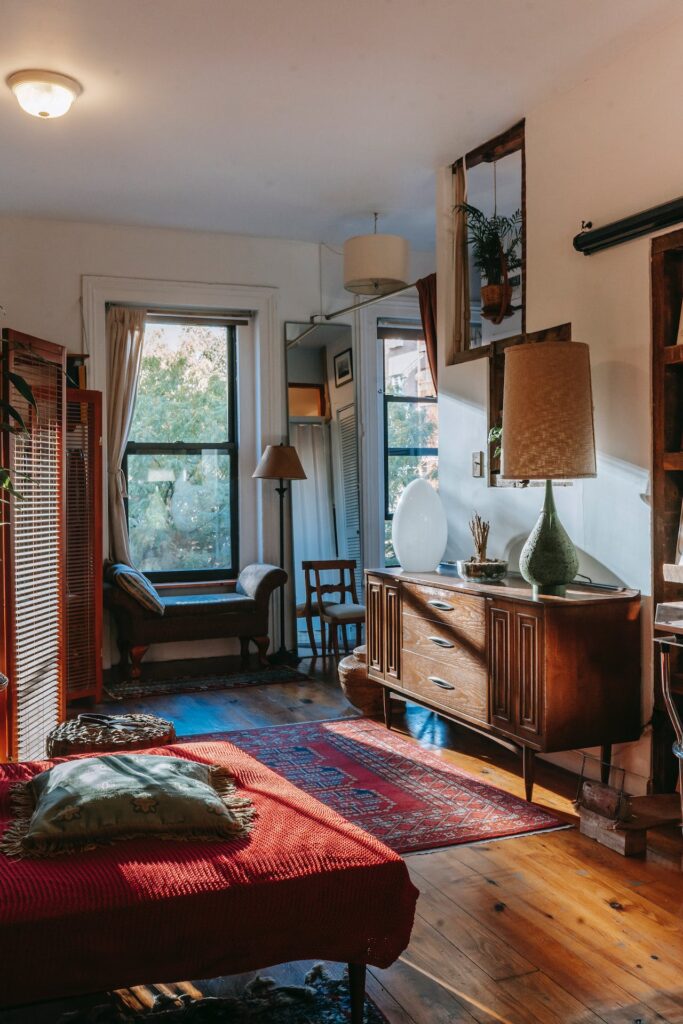
Architectural Details
Finally, the incorporation of classic architectural details can anchor a space in the realm of the timeless. This could be in the form of high skirting boards, ornate cornicing, or a grand fireplace mantel. These elements serve as a nod to the craftsmanship and design sensibilities of bygone eras. For instance, the stately elegance of a Victorian home with its intricate ceiling roses and gothic arches, or the clean lines of a modernist property with its large windows and open spaces, both offer a distinct but enduring architectural appeal.


The Bottom Line
By weaving these elements into the fabric of an interior design, you can create a space that not only transcends the current trends but also offers a sense of comfort, elegance, and permanence. These ten elements, when combined, form a comprehensive blueprint for creating interiors that will continue to inspire and function beautifully, no matter the passage of time.





